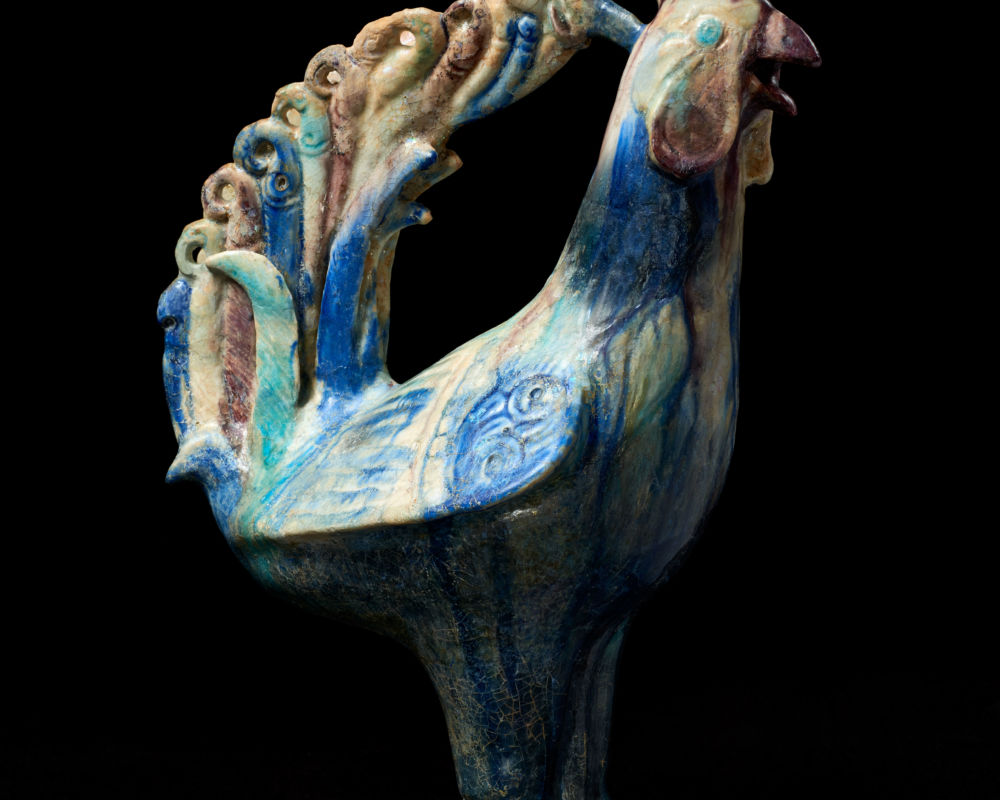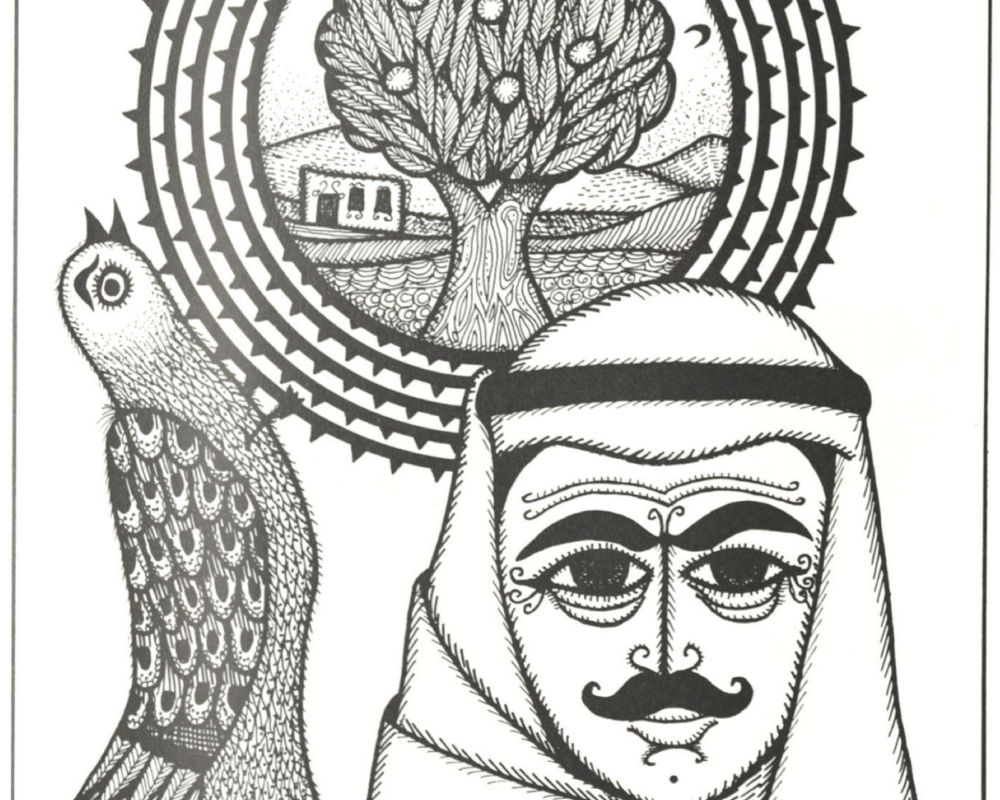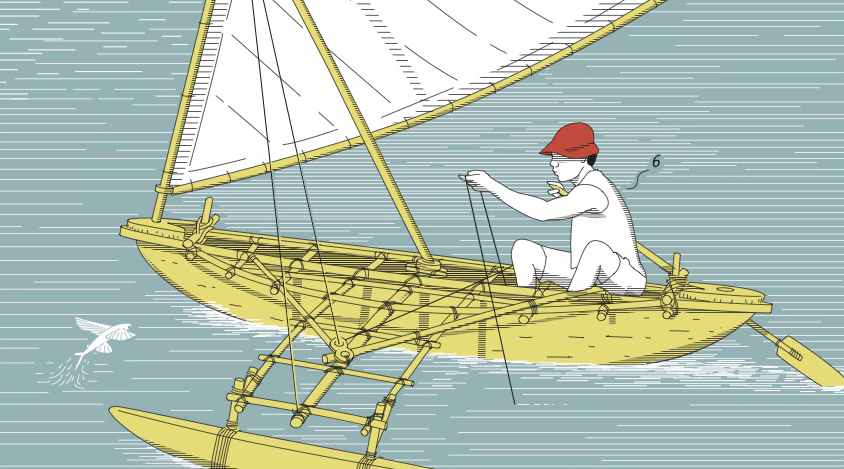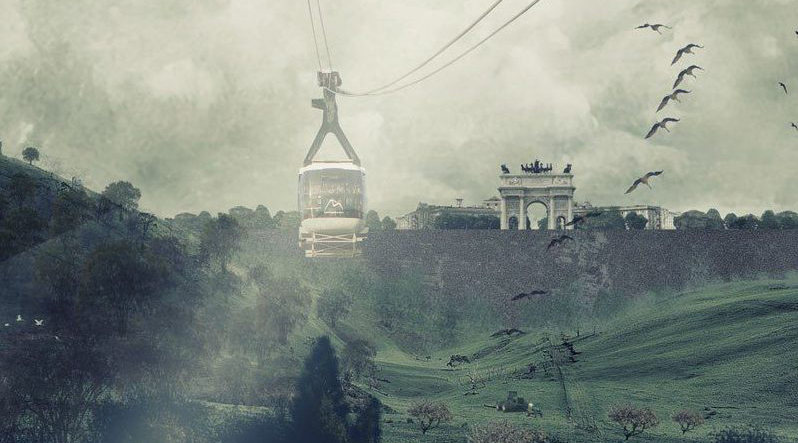EDITOR’S NOTE: Birdsong, by Sigil Collective (Khaled Malas, Salim Al-Kadi, Alfred Tarazi, and Jana Traboulsi) ), is one of four commissioned works featured in the XXII Triennale di Milano, Broken Nature. Dedicated to human-avian entanglements, Birdsong is part of a series entitled Monuments of the Everyday. Each “monument” in the series is conceived as a triptych that includes a publication, an exhibition, and a “displaced” intervention in Syria, as an attempt to respond to the violence that has been unfolding the country since 2011. Birds, as well as their companions the scarecrows, are representations of an ongoing confrontation between man and nature––both broken.
Broken Nature Portrait #2: Sigil Collective—Birdsong. Directed by Jacopo Farina, 2019.
The image of the Syrian bird is exemplary of a longue durée entanglement with acute poetic and political potential. In Birdsong we explore the role of design in the production of places, people, and their imagined futures. We do so by designing an everyday monument in Syria that constitutes the center from which (agri)culture emanates: a scarecrow.
Since 2011, the Syrian revolution has continued to produce multiple sites for the reconfiguration of struggle and associated citizenship, raising essential questions about the future of Syrian bodies subjected to violence, both those defiantly present in Syria and those displaced elsewhere. Simultaneously, the poiesis of Syrian birdsong is a tangible commanding of space; the right to space and its productions. By assembling multiple encounters of human and avian bodies across mediums, territories, and periods, we initiate moments of possibilities within our design disciplines at this critical point in our intertwined histories, attempting to locate otherwise neglected rhythms and narratives.
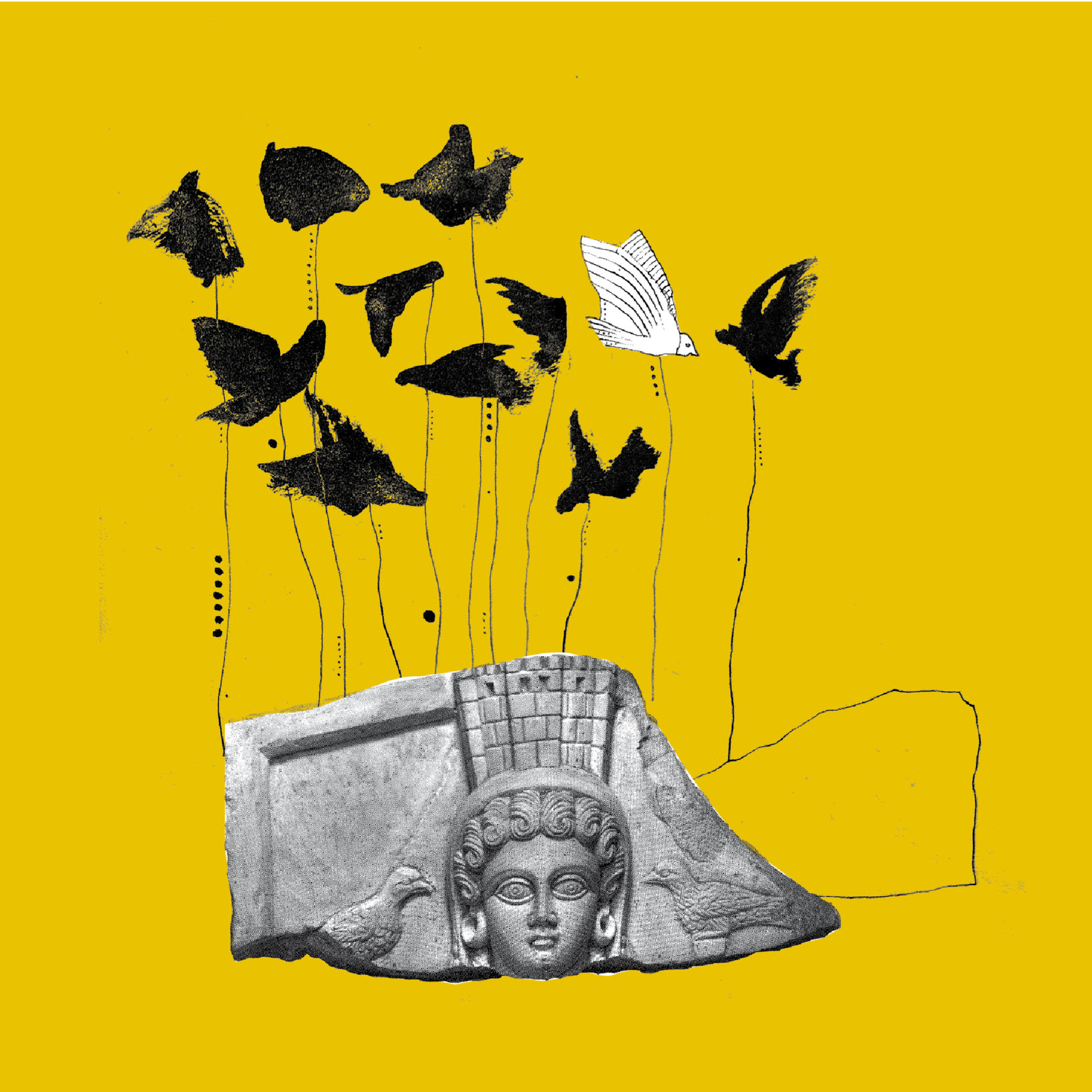
The Jawlan is a volcanic plateau with exceptionally fertile soil. For thousands of years, agriculture has been integral to the production of human settlement there. Following the 1967 war and the occupation of the western Jawlan, approximately 95 percent of the population was forcibly transferred or displaced.1 The Israeli military destroyed 340 villages and farms, leaving only five standing today: Majdal Shams, Ein Qiniyye, Mas’ade, Buq’ata and Ghajar.2 Israeli settlements were built over the destroyed Syrian villages and farms, often using the same stones, and in so doing, control of the land and resources was illegally established.3 For over five decades, Israel has applied its jurisdiction and administrative laws upon the land and the remaining indigenous people. Having refused to carry passports of the occupying power, Syrians of the Jawlan are today stateless; a population mostly forgotten yet archetypal for the contemporary Syrian condition of determined struggle against systematic violations of basic rights, geographic appropriation, home demolitions, state-surveillance, etcetera. In recent decades, it has also been in their cultivation of apples that the Jawlanis have expressed their commitment towards survival, resistance and attachment to the land.
It is in an apple orchard in the Jawlan that we locate our intervention: a scarecrow wearing a talismanic garment. The scarecrow is an anthropomorphic technology placed on cultivated grounds to deter birds from disturbing seeds, shoots, and fruit. Whilst wind-powered noise-makers, automatic carbide cannons, audio recordings, inflatable automata, and reflective film ribbons replace scarecrows in many Syrian contexts, the fixed wooden effigy outfitted with a fluttering garment remains common. In Arabic, it is called a fazza‘aفزّاعة , that which frightens very much, while the root faza‘a فزع can also mean to relieve, console, or to seek refuge, all ubiquitous practices amongst contemporary Syrians.
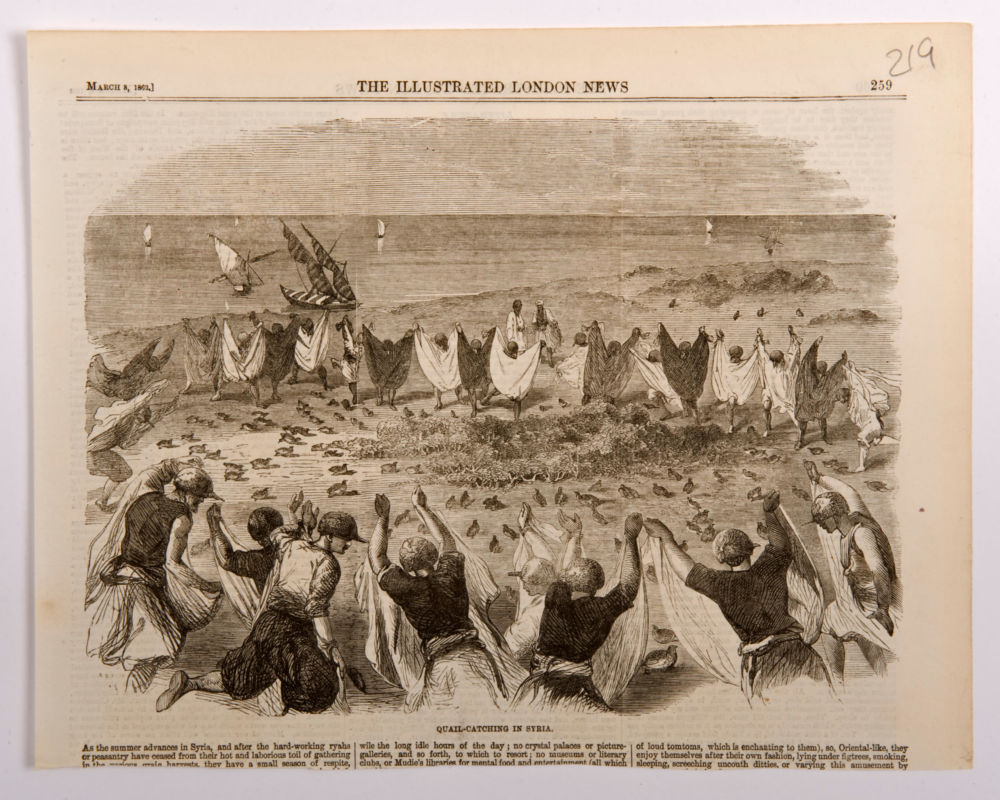
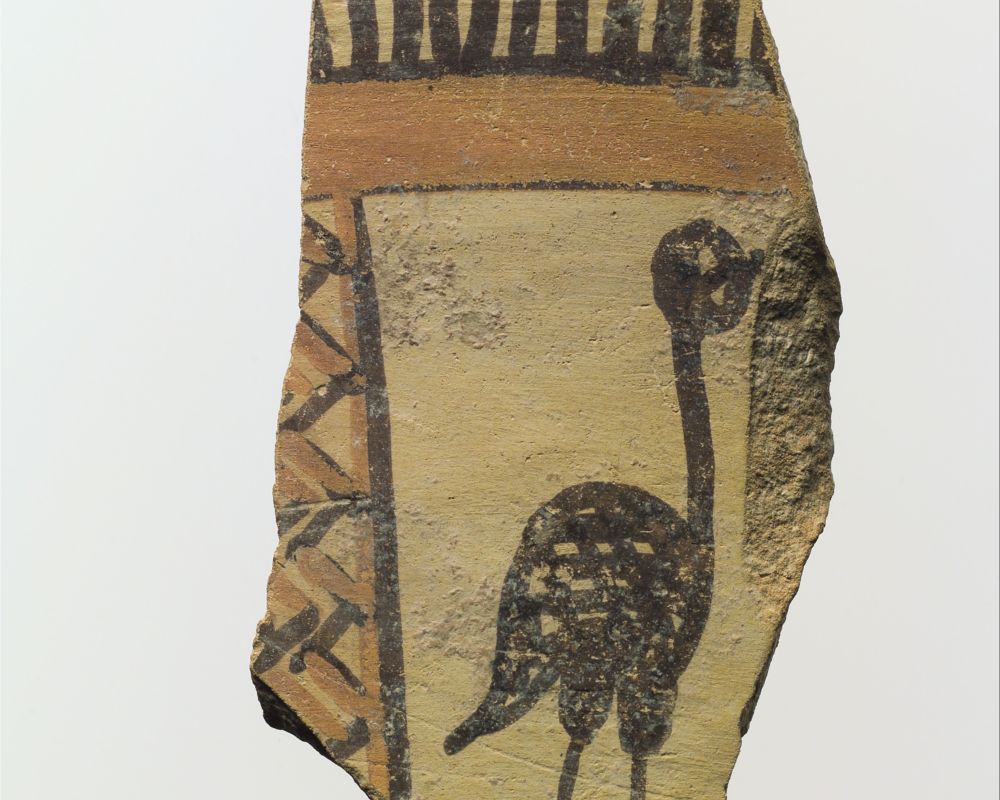
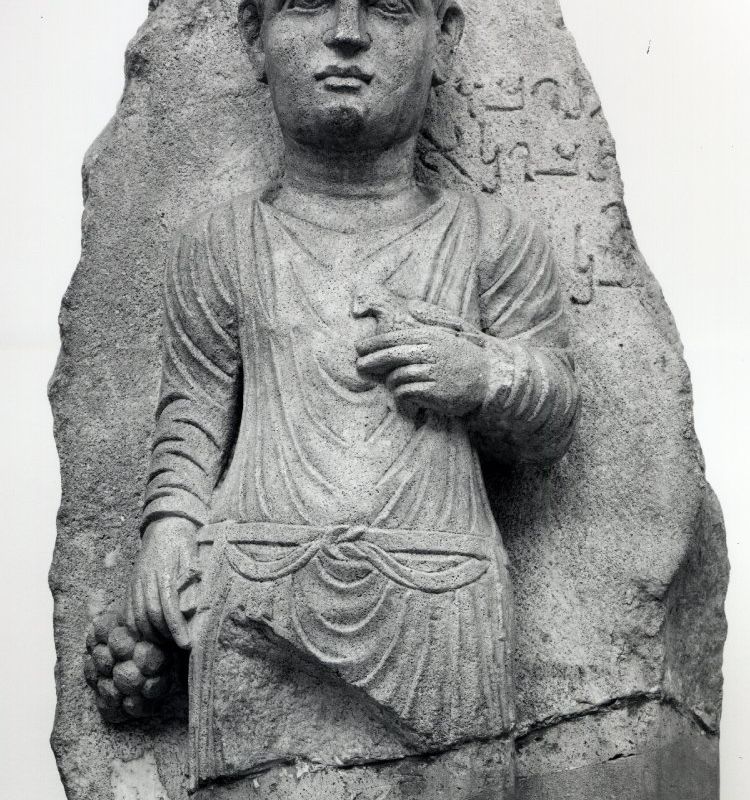

The popularity of the scarecrow cannot be measured by a perceivable efficiency. In its mimetic qualities, it acquires lyrical force that squarely positions it, along with the hearth, the tomb, and the totem, at the genesis of design. The scarecrow thus remains an apt representation of an ongoing confrontation between man and nature, both perpetually broken. Its garment is designed to not only present this entanglement but also to guide our pursuit. In lieu of religious symbols common on historical talismanic clothing, this garment carries “Birdsong” elements, also present in the accompanying publication. In their assembly, they disrupt historically established associations to produce new meanings.
Birdsongs are not recitations of scientific knowledge but rather incantations towards wonder. As such, they are a form of witnessing the plights and possibilities of Syrian bodies at this moment in history.
1 Tayseer Mara’i and Usama R. Halabi, “Life under Occupation in the Golan Heights,” Journal of Palestine Studies 22/1 (Autumn, 1992): p.78-79. See also Report of the UN Secretary General Under GA Res. 2252 (ES-V) and SC Res. 237-A/6797 and S/8158: p. 5.
2 Al-Marsad, Map of Syrian Villages and Farms Destroyed by Israel, and the Israeli Settlements Built in Their Place, in the Occupied Syrian Golan (2017), http://golan-marsad.org/wp-content/uploads/Map-english-24.1-2.compressed.pdf.
3 Ray Murphy & Declan Gannon “Changing the Landscape: Israel’s Gross Violations of International Law in the Occupied Syrian Golan,” Forgotten Occupation: Life In the Syrian Golan After 50 years of Israeli Occupation (Al-Marsad: Majdal Shams, 2018): p.18.


